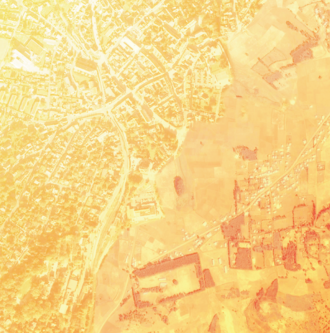
Rural stocks and flows
In this design studio we are integrating different urban metabolisms in the development strategy of small emerging towns in Ethiopia.
In urban design and planning, the street is considered as initial to any urban activity like transport, exchange of goods and people while at the same time bearing the invisible arteria for any city’s public infrastructure like energy, water or waste. Thus, for the development of new towns in rapidly urbanizing regions the understanding of material flows and circulation within the urban system is crucial when it comes about any building activity that determines the urban form and what we finally experience as urban, including open and public space and an appropriate living environment.
In our study project, we want to work out, in how far the concept of ‘Urban Metabolism’ can help clarify these interrelations and interdependencies in the question about more local and decentralised versus global and centralised systems of stocks and flows and their meaning for urban areas. While any building activity is an intervention into the natural household, easily visible through the consumption of land and resources, well-balanced models that consider both the requirements of urban amenities and a sustainable approach for a future development seem still to be more ideal than real.
To develop such models, the study project “Rural stocks and flows – urban metabolism in small cities’ development” aims at understanding how far urban metabolism can respond to the development and needs of future cities. Participants will be analysing urban patterns and flows of small cities, learn about the context between urban metabolism and its spatial implications and apply tools and methods for a spatial analysis and finally implement that knowledge in spatial models through the configuration of existing urban schemes . The findings should also make visible the opportunities and limitations of such concepts for disciplines concerned with urban development, taking into account environmental, social and economic factors. Finally, we will deduce and adapt conclusions of our research findings from the Northern hemisphere to the global South in consideration of the development of small cities in Ethiopia.
